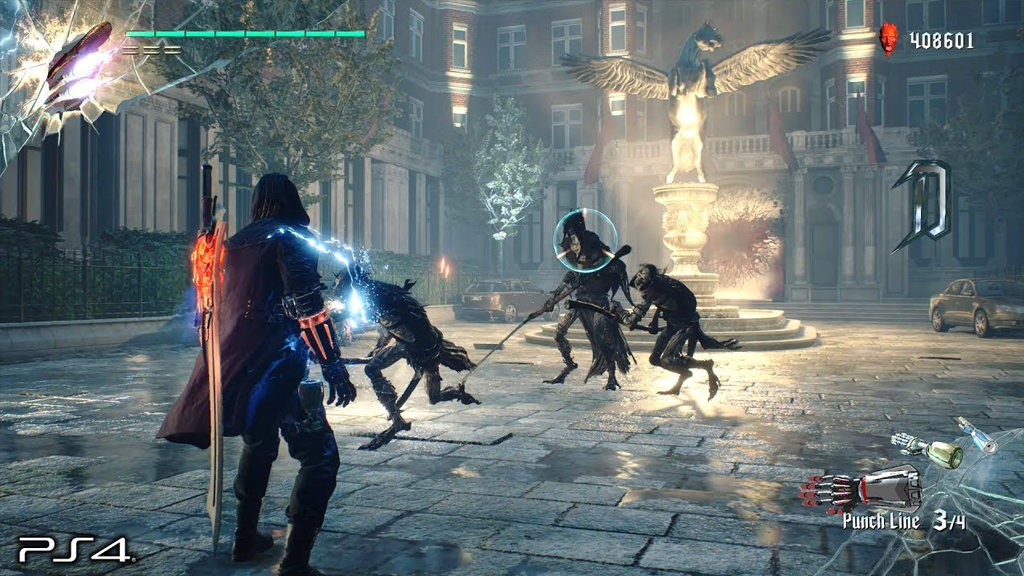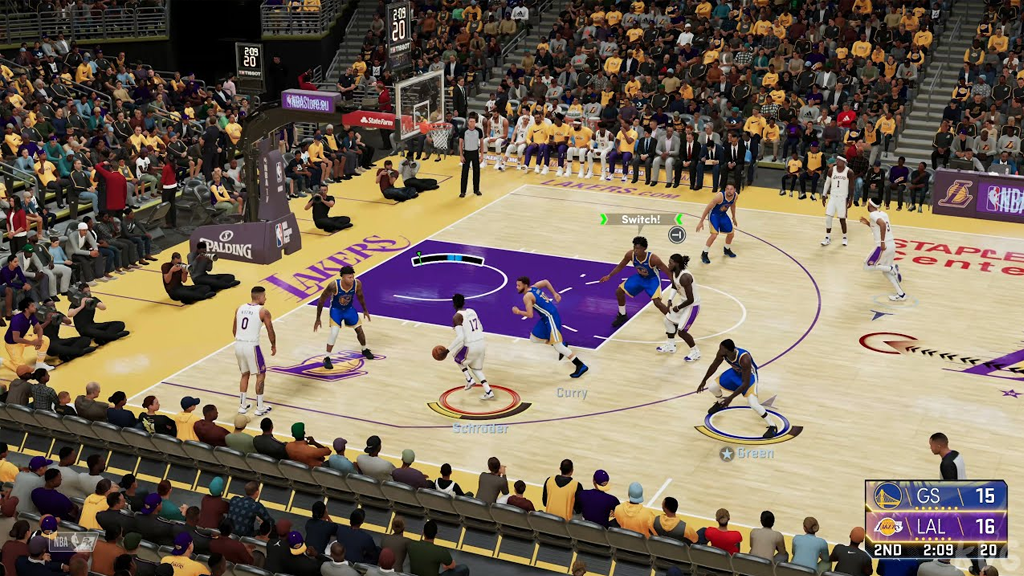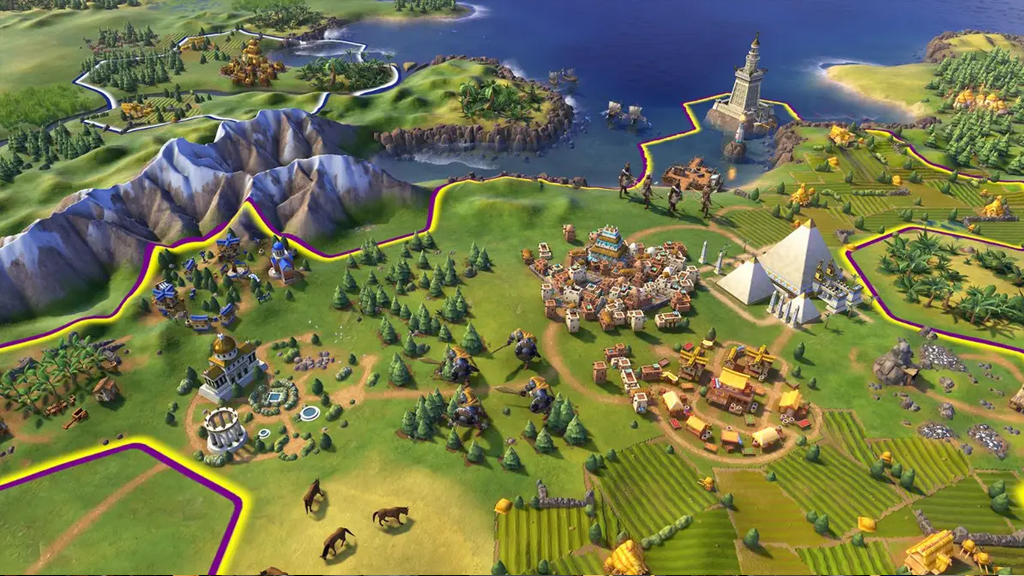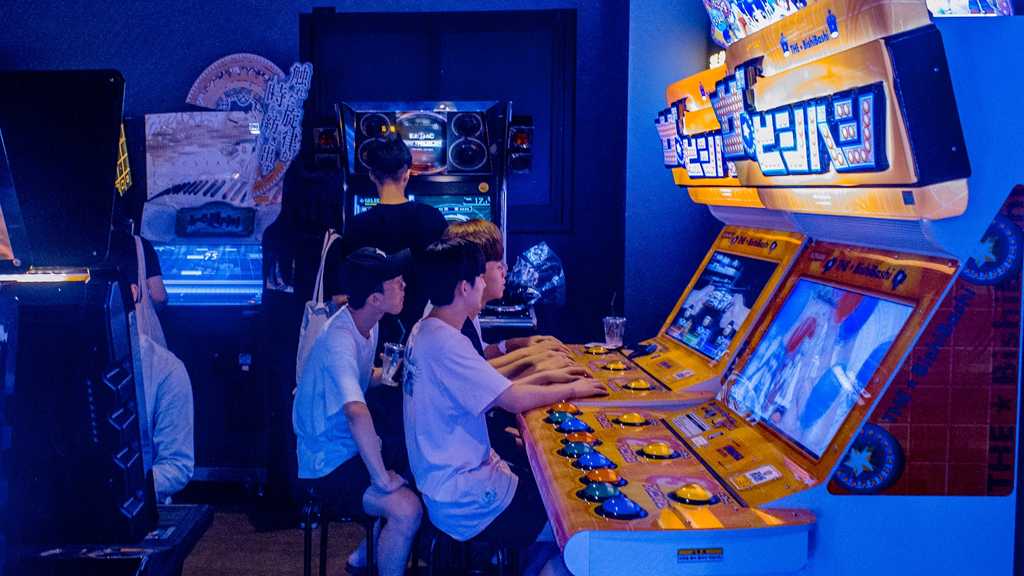In a Game Design Document (GDD), genre, theme, and audience are key parts that shape the game. The genre indicates what type of game it is, like action or adventure, guiding how it plays. The theme expresses the game's mood or story, such as fantasy or horror, influencing the art and narrative. Knowing the target audience helps developers create content that appeals to the players, ensuring the game connects with those who will play it. Together, these elements provide a clear direction for the game’s development.

Video game genres are categories that describe how a game works and what it's like to play. Knowing these genres helps in making a good game. Here are some examples of video game genres and how they affect how a game plays:
Action
This genre is characterized by fast-paced, intense gameplay that emphasizes combat and movement. Action games are often divided into sub-genres based on their mechanics, such as shooter, beat 'em up, and platformer. In general, action games require quick reflexes, good hand-eye coordination, and an ability to think on your feet.
Examples: Doom (shooter), Devil May Cry (beat 'em up), Super Mario Bros. (platformer)

Role-Playing
This genre is characterized by a focus on character development, story, and exploration. RPGs often involve creating and developing a character, completing quests or missions, and exploring a fictional world. RPGs can be further divided into sub-genres based on their mechanics, such as Western RPGs and Japanese RPGs.
Examples: The Elder Scrolls V: Skyrim, Final Fantasy VII

Adventure
This genre is characterized by a focus on exploration and puzzle-solving. Adventure games often involve navigating an environment, interacting with characters, and solving puzzles to progress through the game. Adventure games can be further divided into sub-genres based on their mechanics, such as point-and-click adventures and text adventures.
Examples: The Legend of Zelda, Myst

Sports
This genre is characterized by a focus on real-world sports and athletic activities. Sports games often involve simulating or recreating the mechanics and rules of a real-world sport, such as basketball, football, or soccer. These games require a deep understanding of the rules and mechanics of the sport, as well as an ability to use strategy and tactics to outmaneuver opponents.
Examples: FIFA (soccer), NBA 2K (basketball)

Strategy
This genre is characterized by a focus on planning and decision-making. Strategy games often involve building and managing resources, controlling units or armies, and outmaneuvering opponents. Strategy games can be further divided into sub-genres based on their mechanics, such as real-time strategy and turn-based strategy.
Examples: Starcraft (real-time strategy), Civilization (turn-based strategy)

Remember
Video game genres are an important consideration in game design because they help define the game's target audience and influence its mechanics and gameplay. By choosing the right genre and incorporating its mechanics effectively into the game design, developers can create engaging and successful video games that resonate with players.

In video game design, themes and genres are important, and it's crucial to understand how they differ to make a great game.
A video game theme is the main idea or concept that guides the game's design and story. It helps to connect different parts of the game, like levels, environments, and characters. A strong theme makes the game feel more unified and immersive, making it more memorable for players.
For example, the theme of survival is key in games like The Last of Us and Don't Starve. These games focus on making players feel the pressure and stress of trying to survive in a tough world.

On the other hand, the theme of exploration is central to games like No Man's Sky and Subnautica. In these games, players are encouraged to explore huge, open worlds, find new creatures and places, and see how far they can go.

Themes can help set the mood and atmosphere of a game. For instance, a game with a post-apocalyptic theme might use dull, washed-out colours to give a feeling of bleakness and hopelessness. On the other hand, a game set in a colourful, magical world might use bright, vivid colours to create a sense of wonder and excitement.
In this activity, you'll use brainstorming techniques to come up with ideas and concepts for your game. This part of the Design Document process is crucial, so take your time. There are no wrong answers here—just focus on getting the ideas from your head onto paper.
Your Task
Use a brainstorm technique to combine the game genre 'First-Person Shooter' with at least 7 types of themes. For example
- FPS + Western
- FPS + 1700's Europe
After you’ve matched 7 game themes with FPS, pick 3 or 4 from the list and develop key ideas and elements for each one. For example [FPS + Western]
- Colour: orange, yellow, warm tone colours.
- Sand, bricks, wood, nails, farmland
- Hot weather, sunshine
- Guns (Revolvers), cowboy hats, cowboys, saloon, sheriff.
As you brainstorm, start developing ideas about the game's look, feel, and gameplay - in your head.
Quick Tip: Don’t settle for your first idea right away. The goal is to experiment and write down all your thoughts before choosing the best one.
For the audience
Who is your target audience? Who do you want to play your game, and how will they play it? Why are they interested in your game? There are a lot of questions to consider! Defining your target audience helps you set a clear direction for your game's gameplay.
Basic audience segments
Demographic
Refers to the specific characteristics of the people you want to reach. This segment usually includes the following;
- Age - The age range of your audience. Usually kept between similar ages/stages. e.g. Teenagers, Young Adults, 25–35, 50–60 and so on.
- Gender - Whether your game is aimed at a specific gender or is gender-neutral
- Location - The primary location of the audience e.g. New Zealand, United State of America and so on. Sometimes you can split them into a primary and secondary location.
Gamer psychographic
Psychographics refers to the mental and emotional characteristics of a group of people. This information provides valuable insight into the attitudes, interests, and lifestyle of your audience.
LeBlanc's Taxonomy of Game Pleasures
Game designer Marc LeBlanc has proposed eight primary pleasures that arise from playing games:
- Sensation -- hearing music, seeing something beautiful, or using a control scheme that feels empowering. Usually tied to a game's aesthetics.
- Fantasy -- pleasure that comes from imagining oneself as part of a grand fictional world, immersion in a game's fictional world.
- Narrative -- the dramatic unfolding of a sequence of events, usually through a game's story.
- Challenge -- accomplishing tasks or solving puzzles; (a feeling other theorists associate with fun)
- Fellowship -- feelings of pleasure, friendship, or community
- Discovery -- exploring the game world or finding a secret feature or clever strategy within a game
- Expression -- pleasure of expressing oneself or creating things; includes character creation or community level building
- Submission -- the pleasure that arises from entering the magic circle of play and escaping from the "real world" for a while
Bartle's Taxonomy of Player Types
A more general system, Bartle's taxonomy was designed to be mapped onto suits of a deck of cards and so are easy to remember. Schell associates each type with at least one of LeBlanc's pleasures:
- Achievers (diamonds) -- players who primarily wish to achieve the goals of the game; associated with "Challenge"
- Explorers (spades) -- players who want to "get to know the breadth of the game;" associated with "Discovery"
- Socializers (hearts) -- interested in relationships with other people; their primary pleasure is "Fellowship"
- Killers (clubs) -- interested in "imposing themselves on others," either through competition, destruction, or helping/teaching other players
In this activity, you'll define the target audience who is most likely to be interested in, purchase, and play your First-Person Shooter game.
Your Task
Define and create a target audience by answering the follow
- Age Range
- Gender
- Location
- Gamer Psychograph (LeBlanc Taxonomy or Bartle's Taxnomy)



